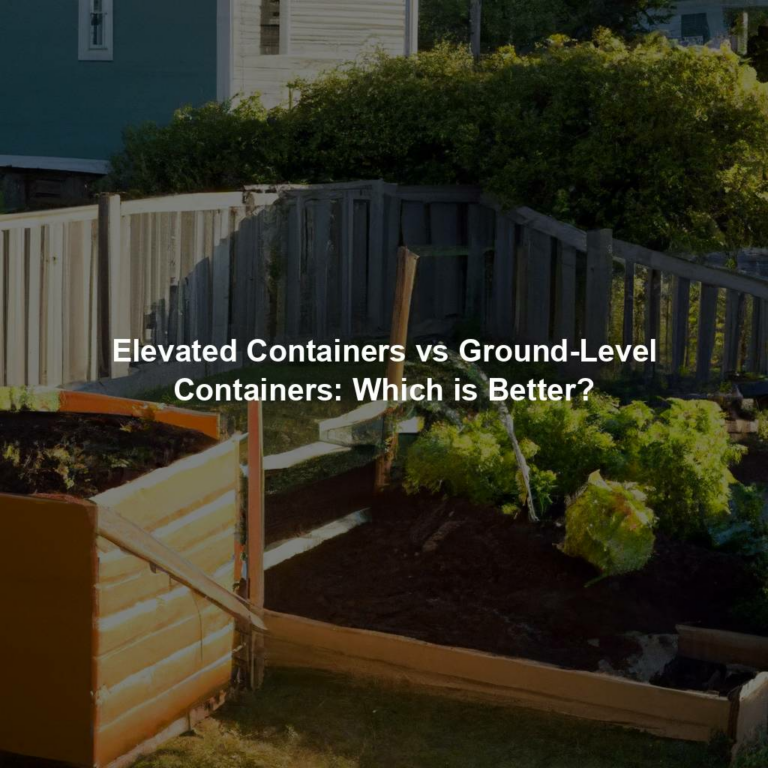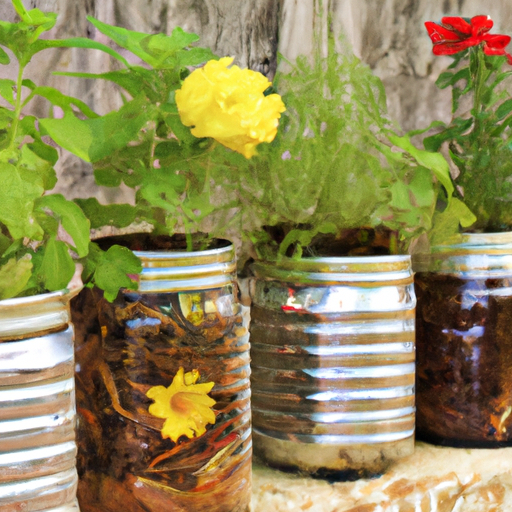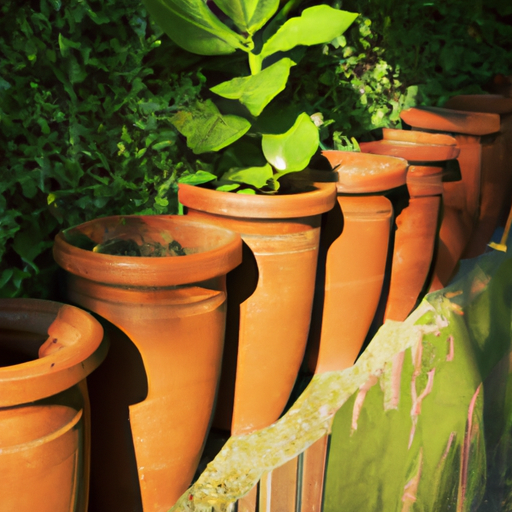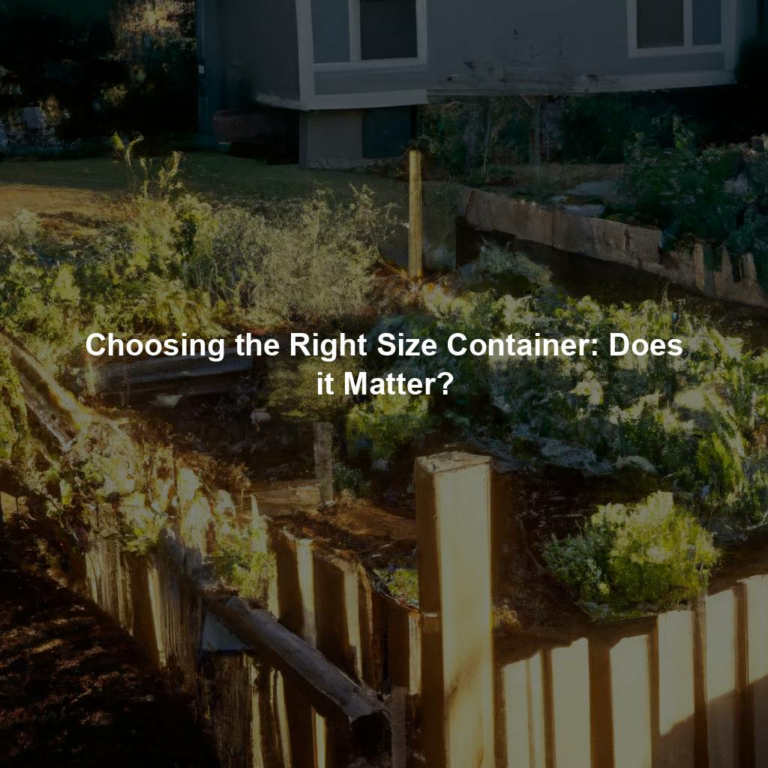Elevated Containers vs Ground-Level Containers: Which is Better?
The message explores the pros and cons of elevated containers and ground-level containers for gardening. Elevated containers offer benefits such as improved drainage and accessibility, but may have stability and accessibility challenges. Ground-level containers provide customization options and cost effectiveness, but require more maintenance. Gardeners should weigh these factors and their specific needs before deciding on the right container type. There may be legal restrictions on using elevated containers in certain areas, and ground-level containers may be more susceptible to extreme weather conditions. Ultimately, the choice depends on personal preference and needs.





